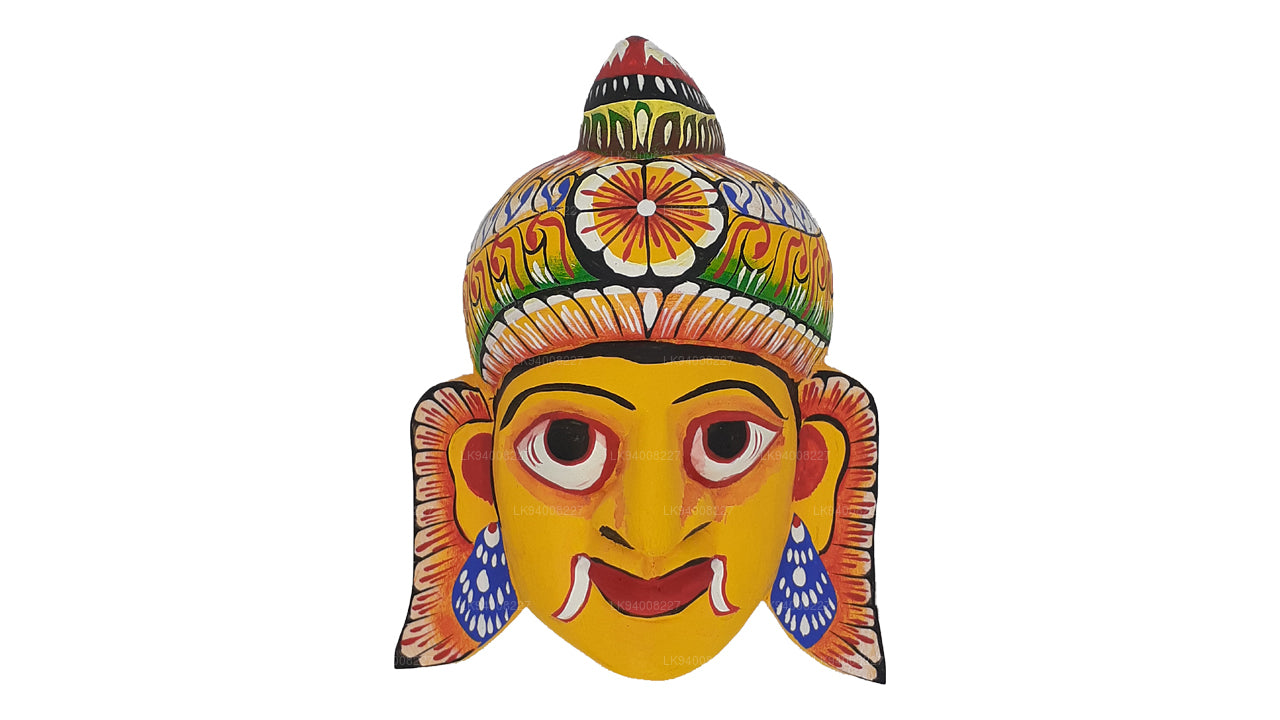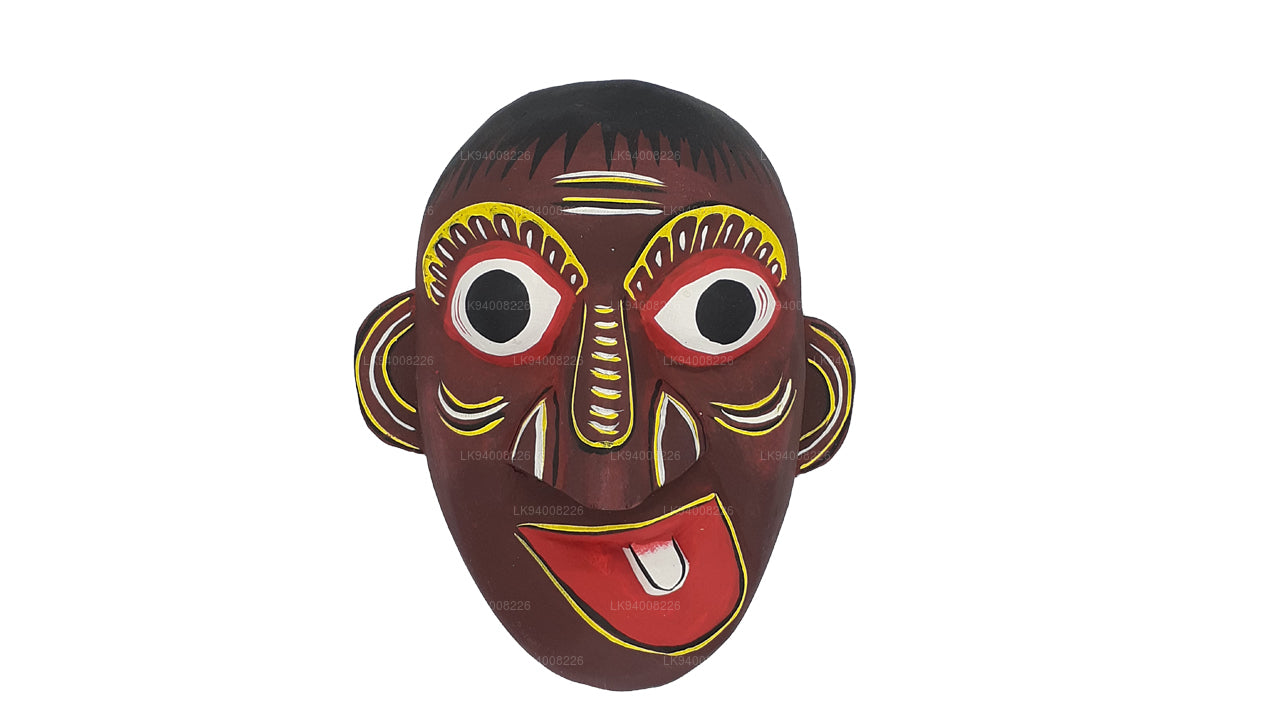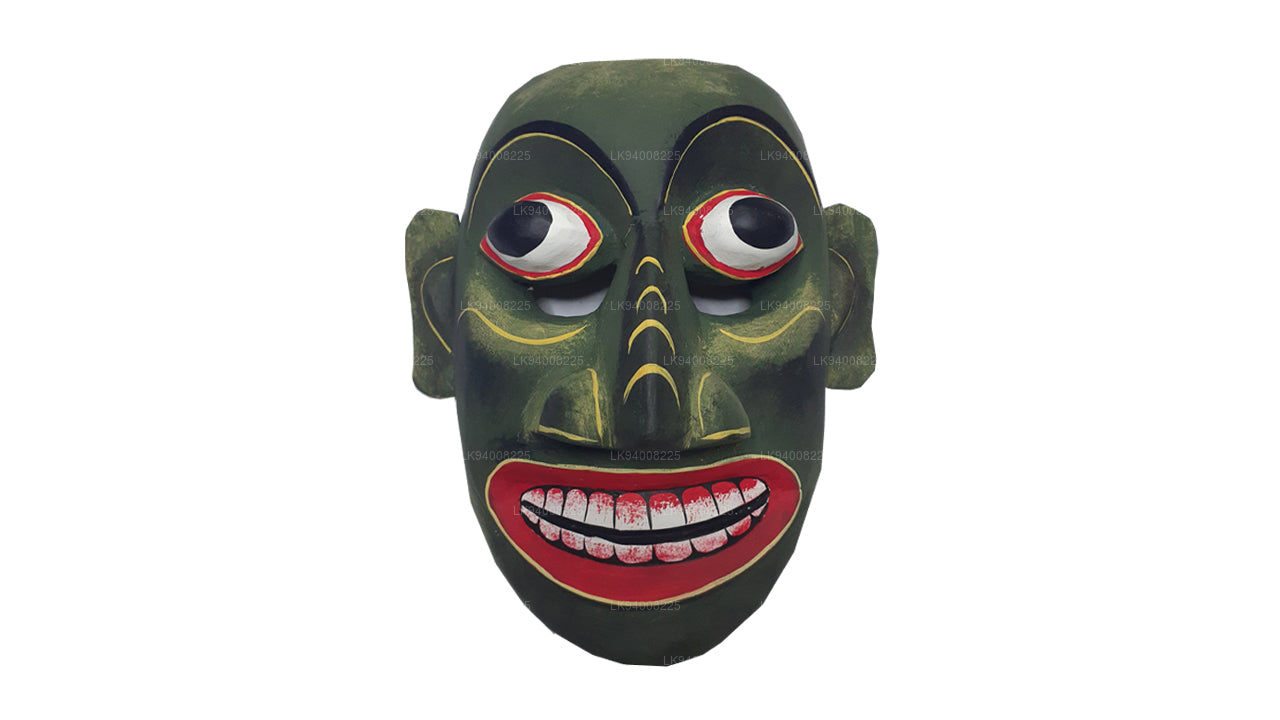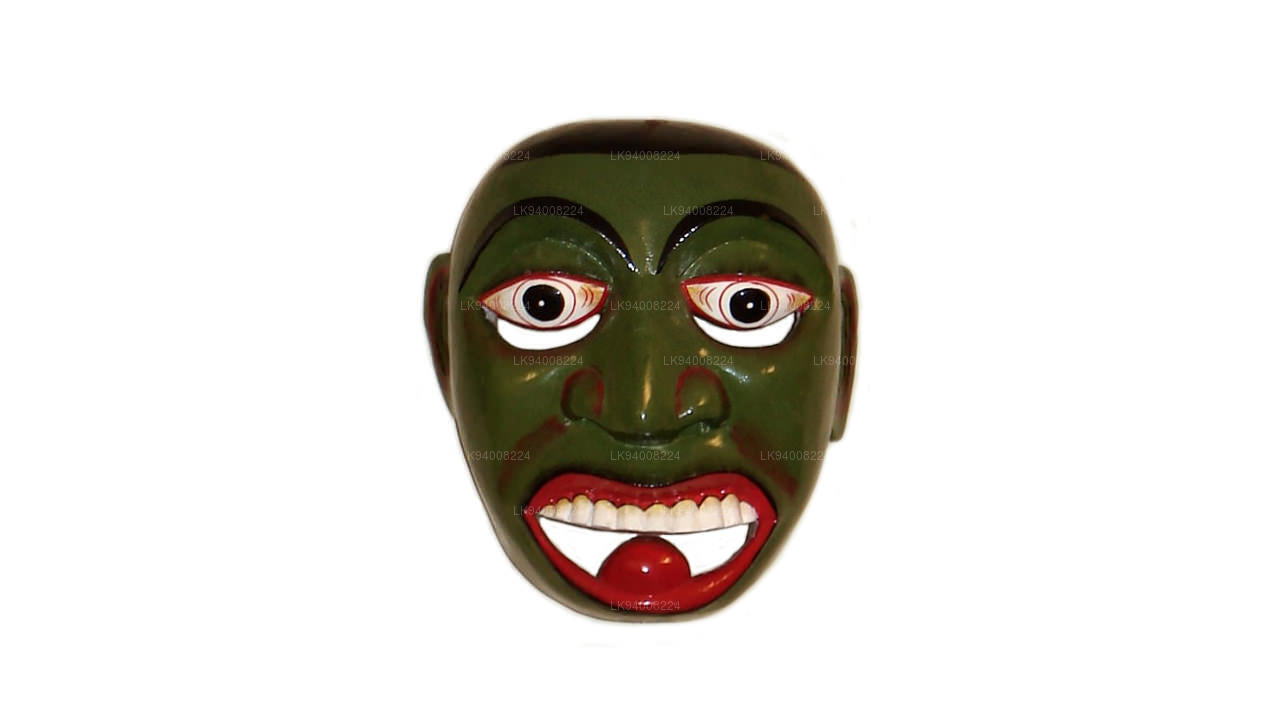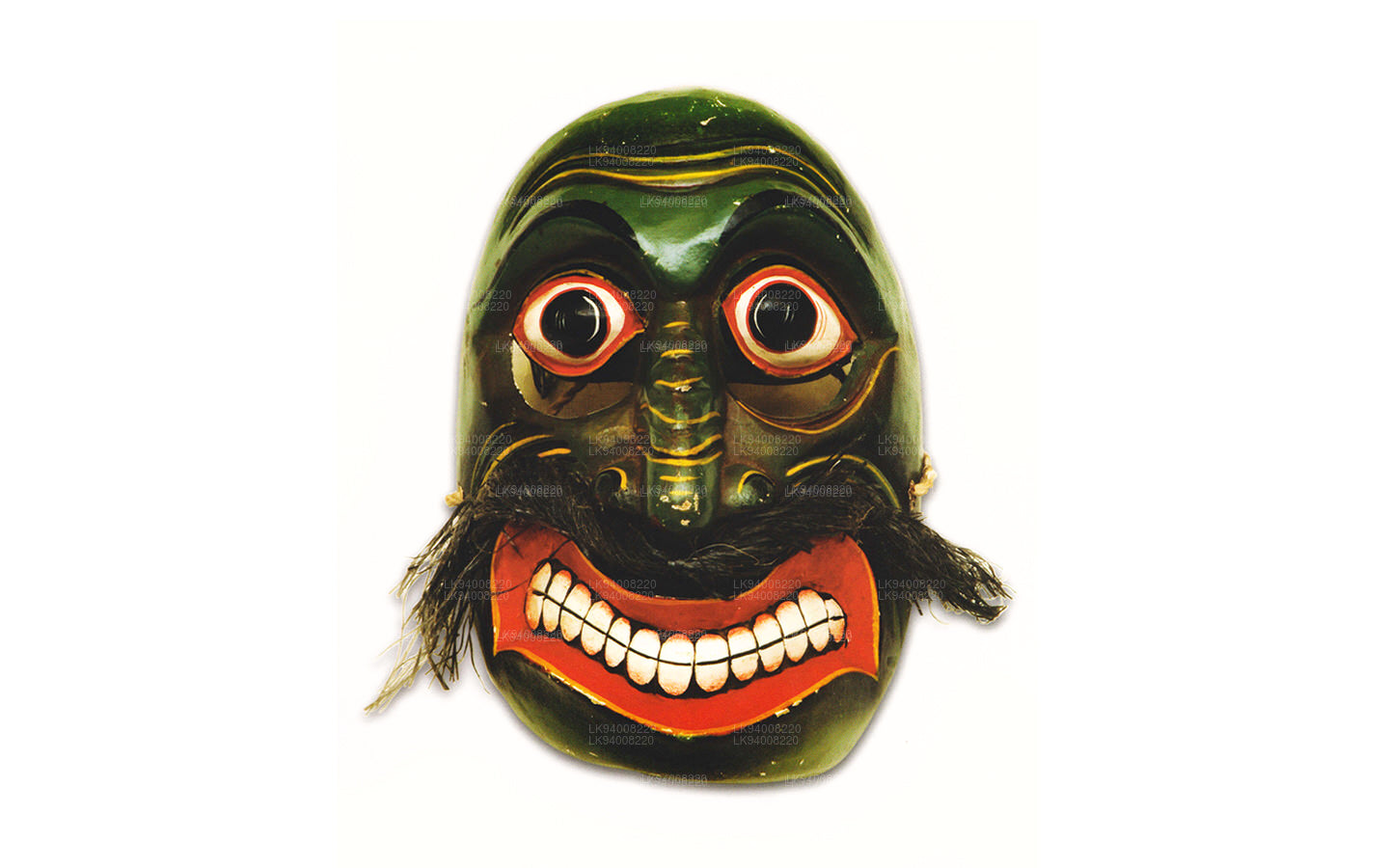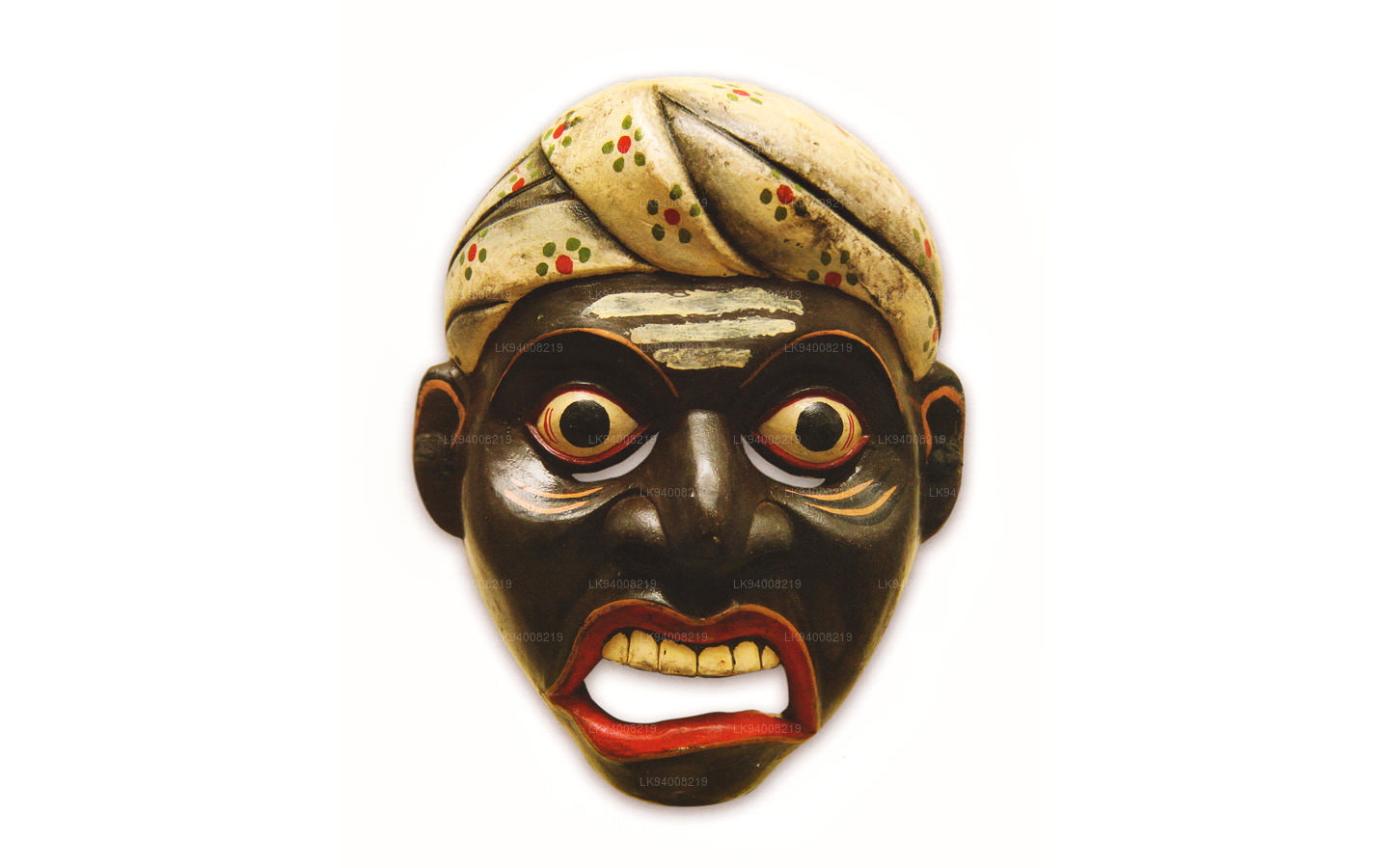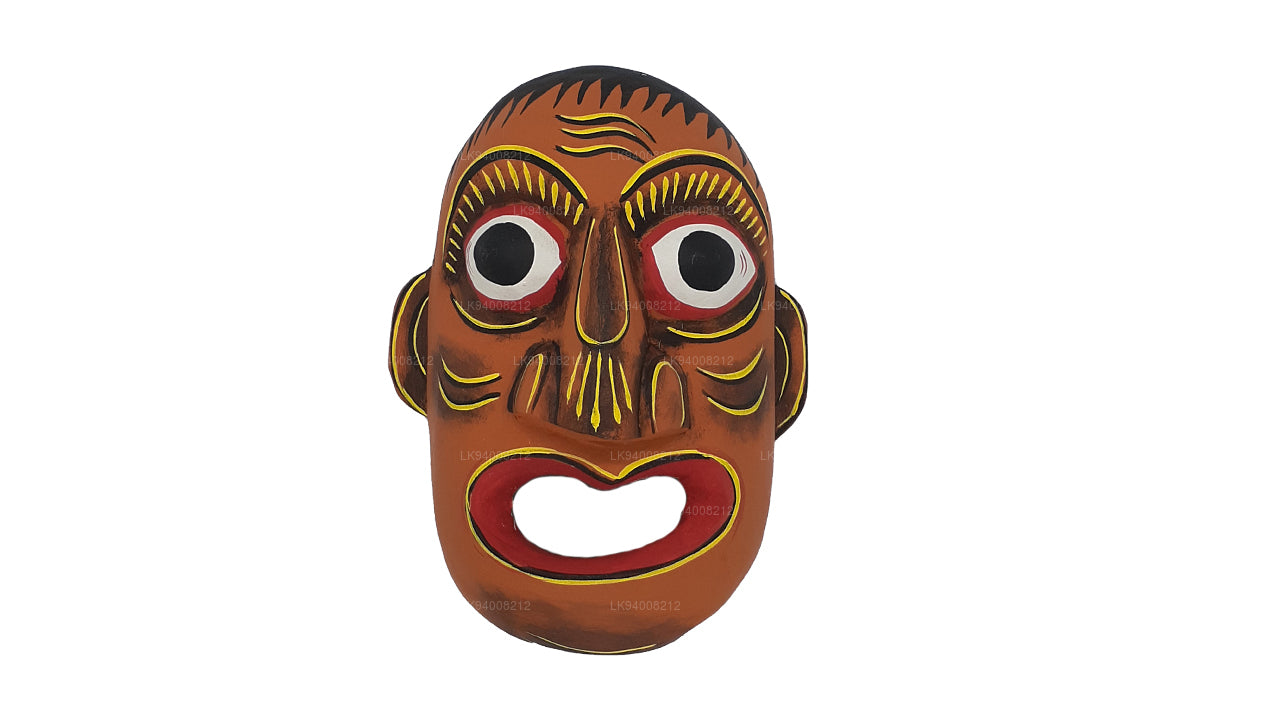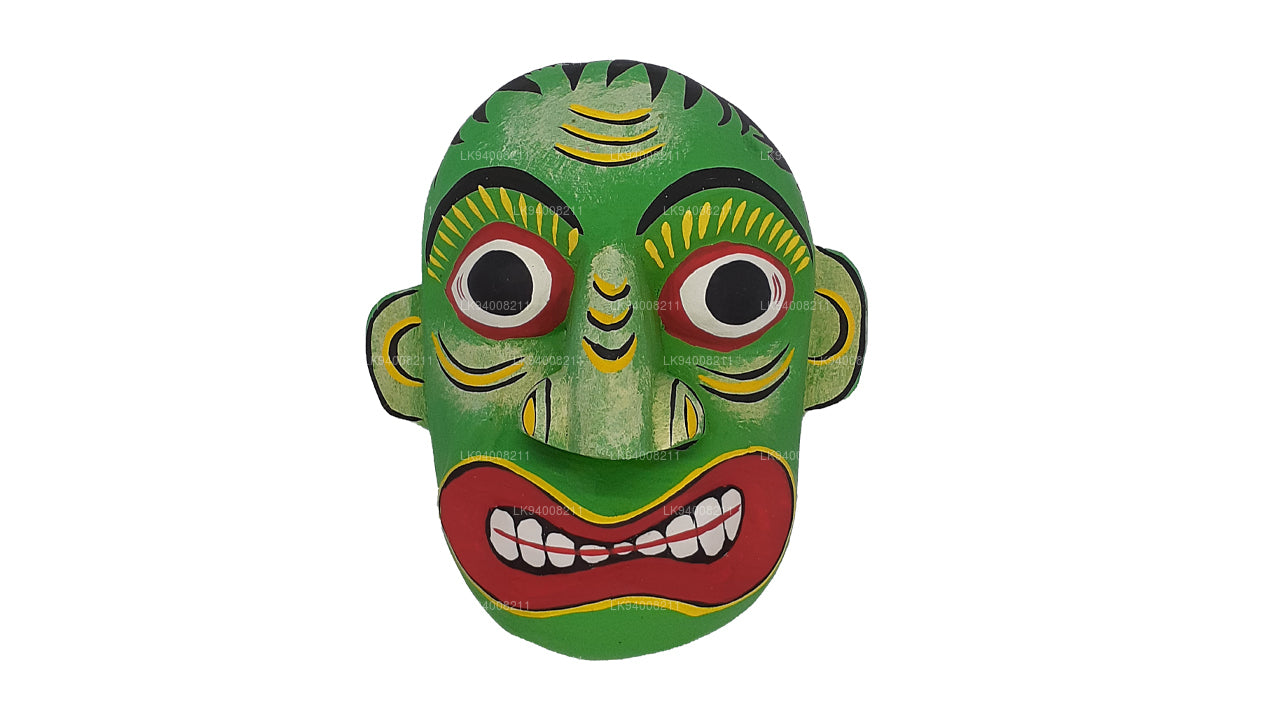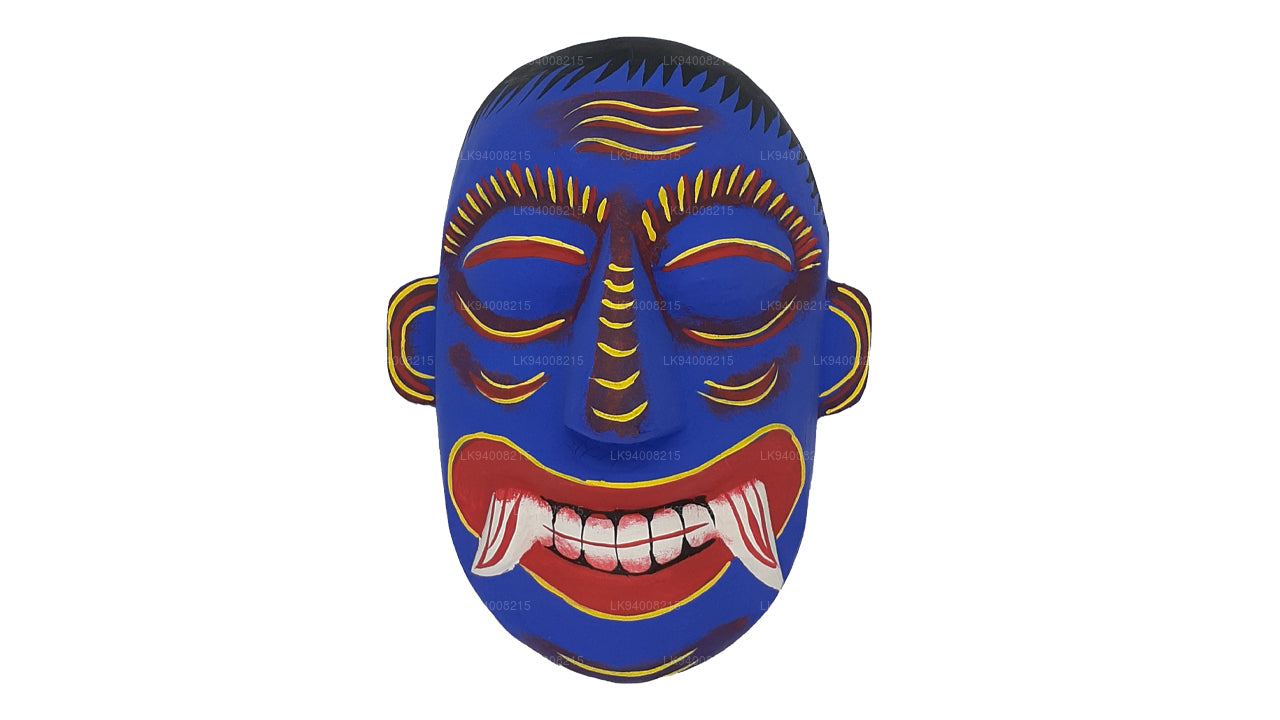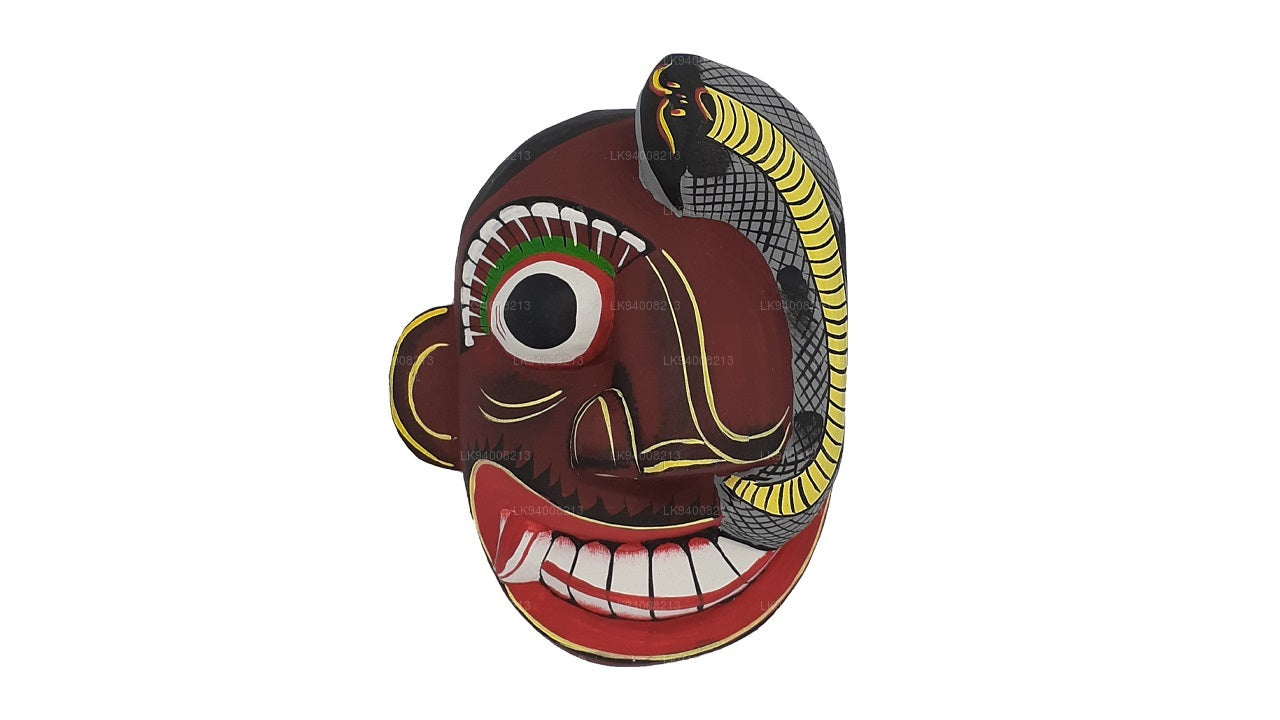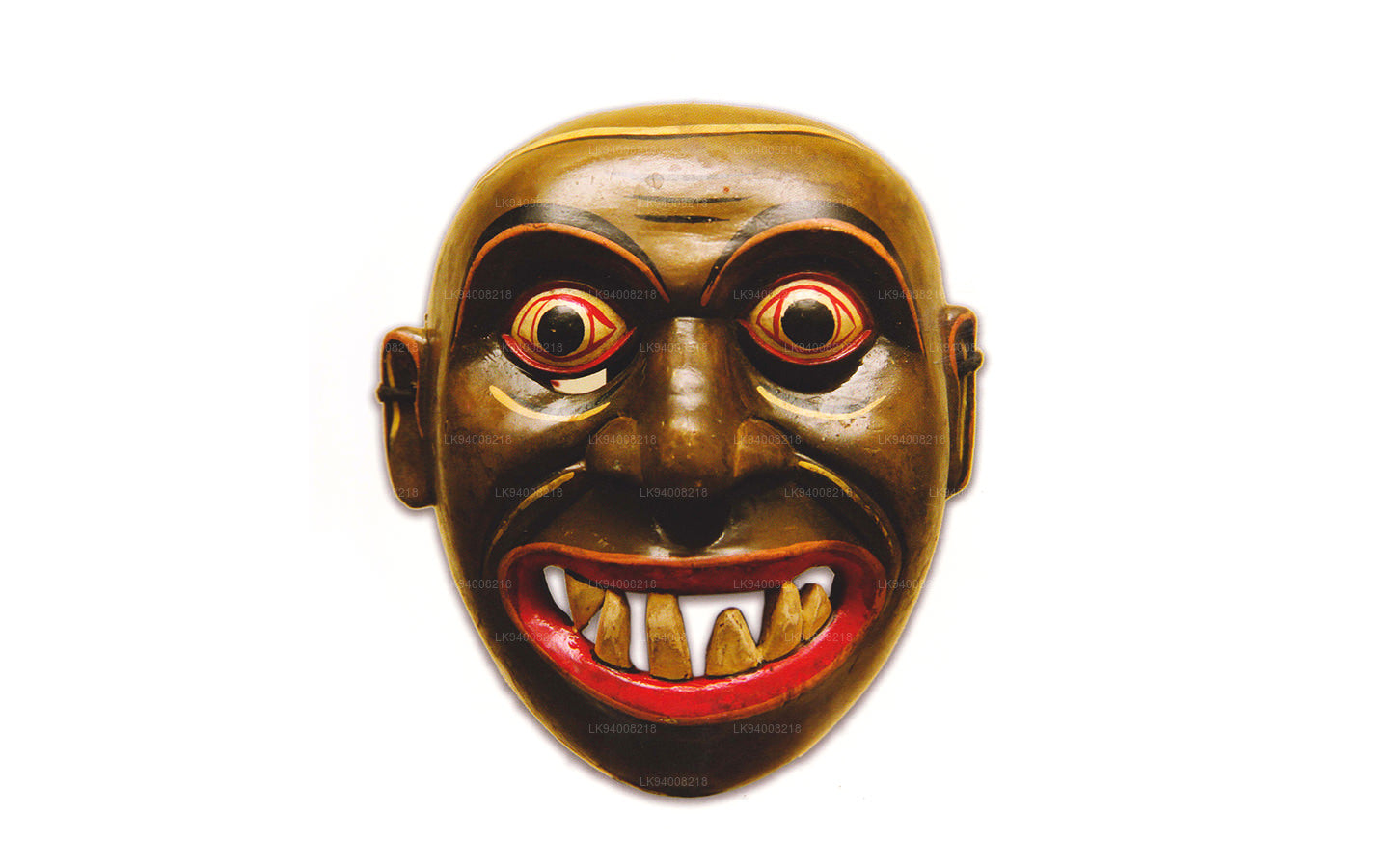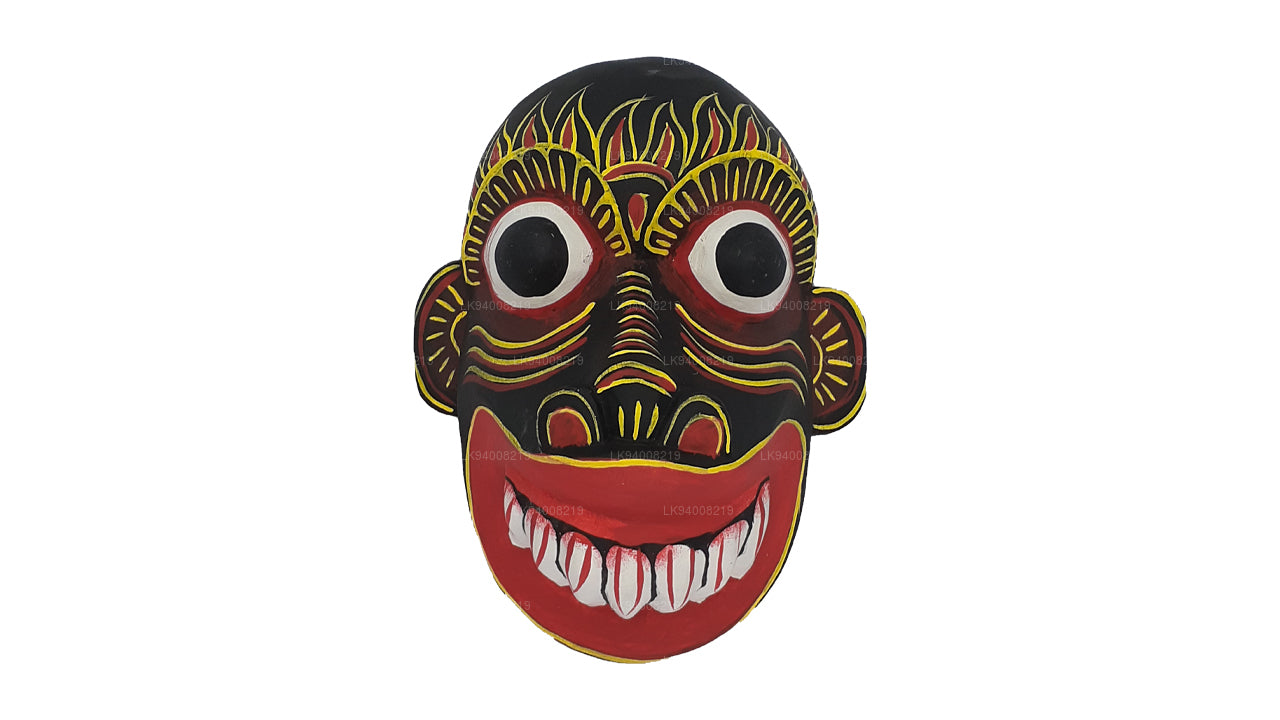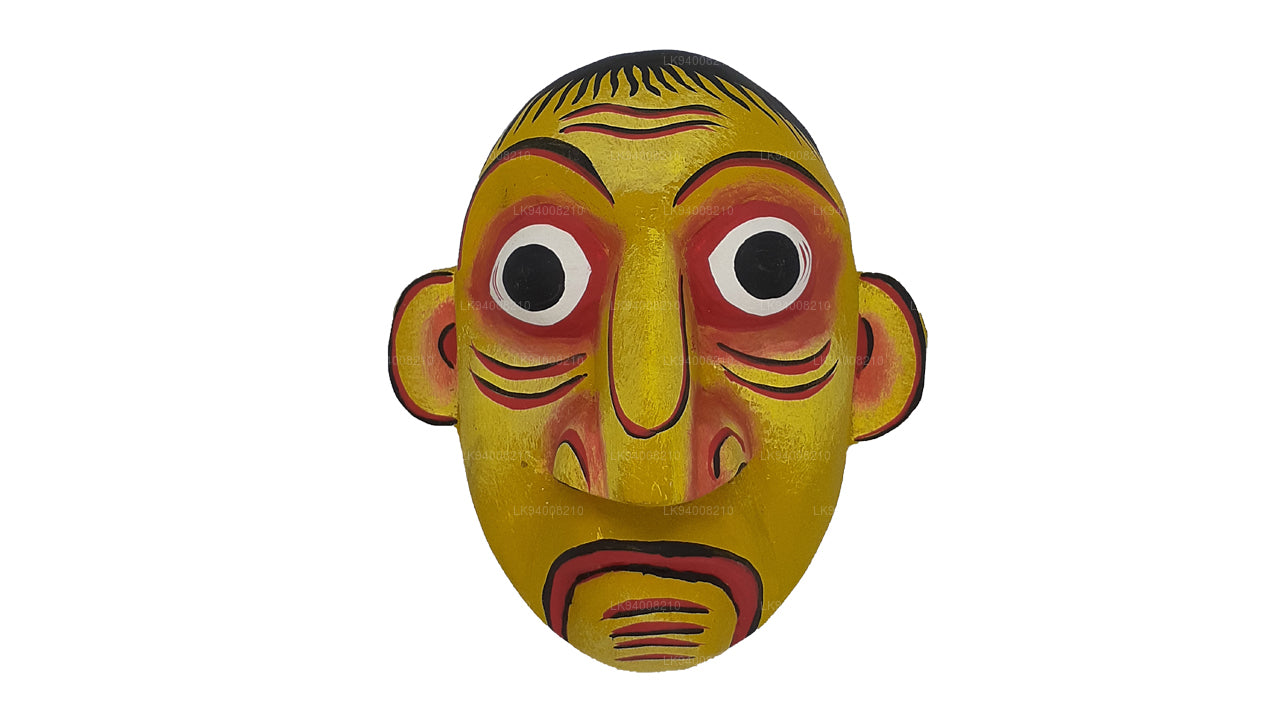
Sanni Masks
Sanni masks are traditional wooden masks from Sri Lanka, used in ritualistic performances to ward off evil spirits and diseases. Intricately carved, they depict various demonic figures and spirits. These masks play a significant role in the country's cultural heritage, symbolizing the battle between good and evil in traditional dance forms.
Deva Sanniya Mask
Deva Sanniya Mask
Couldn't load pickup availability
(SKU: LS24118110) Deva Sanniya (දේව සන්නිය; Demon of Deity) Burning sensation in the body, fast beating of pulses, severe fever, flatulence, indigestion, faintness and the bulging of eyes are the symptoms of this disease. The main symptoms of chicken-pox, measles, mumps etc.m which are considered by some as diseases of the gods too are indicated in the dialogues by the dancers.
Share





















